Key performance indicators (KPIs) are the metrics by which you can measure your company’s success.
Tracking KPIs will help your B2B company stay focused on what matters most, rather than getting distracted by other metrics or tasks that may not be as important. By identifying the most critical KPIs for your business, your sales team can stay laser-focused on achieving its goals and driving growth.
As the world continues to shift towards remote selling, it has become increasingly important to have an effective digital sales room to manage and optimize sales processes.
However, simply having a digital sales room is not enough – it is essential to track and measure KPIs to ensure that your sales team is performing at its best and using digital sales rooms to their fullest potential.
In this article, we will discuss 22 KPIs that sales teams can track in their digital sales rooms to improve performance and drive revenue growth.
These KPIs are divided into three categories – those that should be tracked by chief revenue officers (CROs), sales managers, and sales reps – and cover a wide range of metrics. By understanding and tracking these KPIs, sales teams can make data-driven decisions and optimize their sales processes to improve performance and drive revenue growth.
In this article…
- 9 Digital Sales Room KPIs for CRO
- 6 Digital Sales Room KPIs for Sales Managers
- 5 Digital Sales Room KPIs for Sales Reps
- How Digital Sales Rooms Can Impact These KPIs
9 Digital Sales Room KPIs for CROs
For CROs, digital sales rooms can help track a wide range of KPIs. Digital sales rooms provide a real-time view of all sales activities, allowing CROs to monitor progress toward revenue goals and identify areas for improvement.
They can also provide insights into the customer journey, allowing CROs to better understand customer behavior and adjust sales strategies accordingly.
Below are 9 critical KPIs for CROs to track by implementing digital sales rooms into their sales processes.
Total Sales Revenue
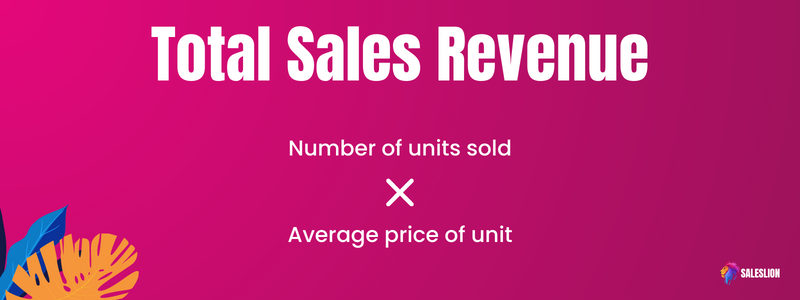
Total sales revenue measures the total amount of revenue generated by the sales team over a given period of time. It is important to track because it provides a clear indication of the overall performance of the sales team and whether they are meeting their revenue targets.
This information can be improved by using digital sales rooms to identify bottlenecks in the sales process and adjust strategies to improve conversion rates and close more deals, faster.
Sales Growth Rate
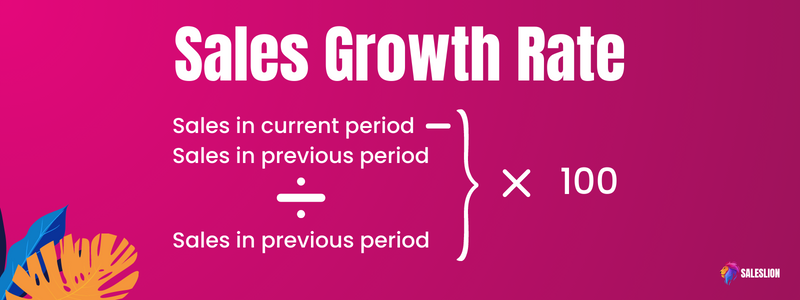
This KPI measures the percentage increase or decrease in sales revenue over a given period of time. It is another important metric to track because it shows how the sales team is performing relative to previous periods and whether they are making progress toward their growth goals.
Similar to total sales revenue, the sales growth rate can be improved with and tracked by real-time data insights from digital sales rooms.
Conversion Rate
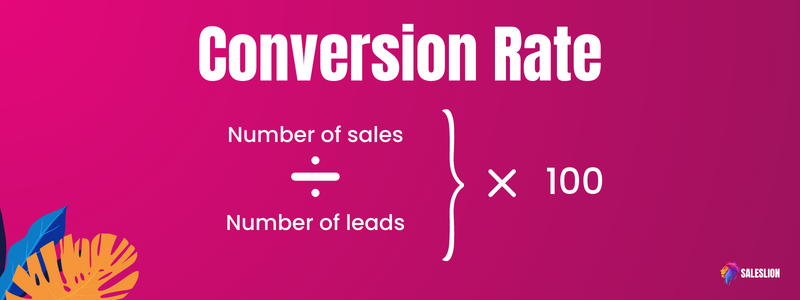
Conversion rates indicate the percentage of leads that convert into customers. Tracking this is a crucial element of a successful sales process because it provides insight into the effectiveness of the sales team’s lead nurturing and sales processes.
Digital sales rooms increase conversion rates by improving the customer experience and relationships between customers and the company.
Sales Cycle Length

This KPI measures the average time it takes for a lead to become a customer. It is important to track because it can help identify bottlenecks in the sales process and areas where improvements can be made.
Because digital sales rooms improve communication and eliminate unnecessary back-and-forth communication, sales processes are streamlined and the cycles are shortened. This in turn allows companies to close more deals in a shorter time period.
Customer Acquisition Cost
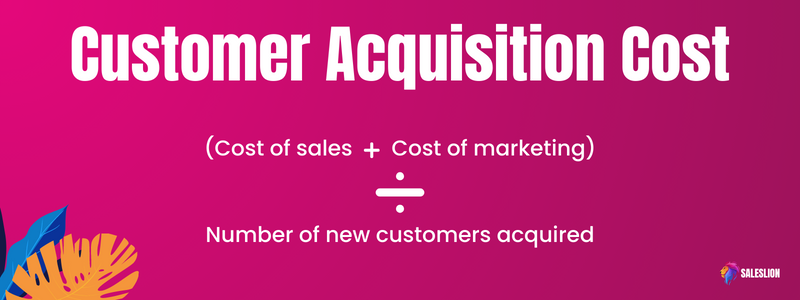
As the name states, customer acquisition cost is the cost of acquiring a new customer. It is important to track because it provides insight into the effectiveness of the sales team’s marketing and sales efforts and helps determine the return on investment for those efforts.
As digital sales rooms contain data and analytics systems, they allow sales teams to track customer behavior and make adjustments accordingly. This in turn helps track and reduce customer acquisition costs.
Customer Lifetime Value
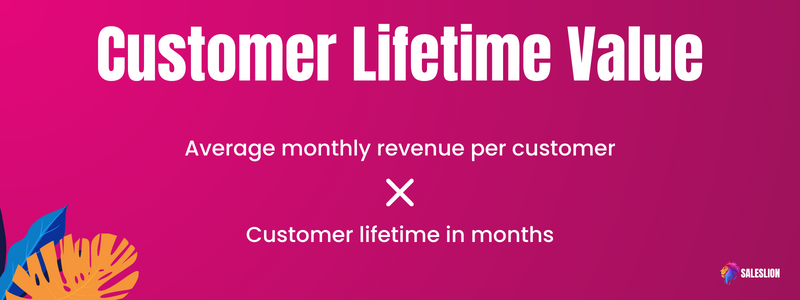
This KPI measures the total value of a customer over the course of their relationship with the company. Tracking this can help identify high-value customers and inform customer retention strategies.
Both customer acquisition cost and customer lifetime value can be monitored through digital sales rooms to ensure that sales and marketing efforts are effective and profitable.
Sales Velocity

This KPI measures the speed at which deals are closed. It is important to track because it provides insight into the efficiency of the sales process and whether there are areas where the sales team can improve.
With digital sales rooms, sales velocity can be tracked to ensure that the pipeline is healthy and opportunities are being moved through the sales process efficiently.
Digital sales rooms can also assist by helping sales teams streamline their efforts so that the sales funnel is optimized and efficient.
Customer Retention Rate
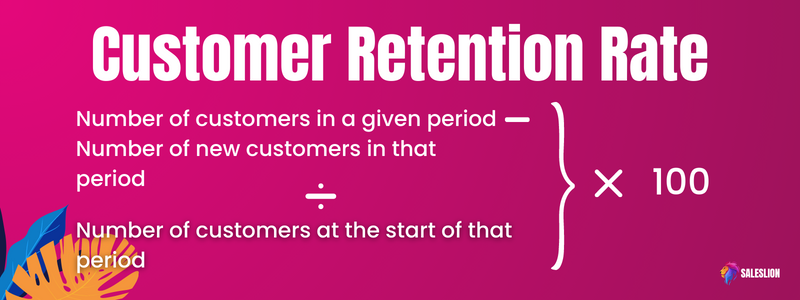
This is one of the most important KPIs to measure. The retention rate measures the percentage of customers who continue to do business with the company over a given time period and it is important to track because it provides insight into the effectiveness of customer retention strategies.
Customer retention rates can be tracked to ensure that customers are happy and satisfied and to identify areas for improvement in customer service and support. And by using digital sales rooms to build trust and improve customer relationships, customer retention rates will also increase.
Sales Forecast Accuracy

Again, as the name suggests, this KPI measures the accuracy of sales forecasting. Sales forecast accuracy is important to track because it provides insight into the effectiveness of the sales team’s forecasting methods and can inform improvements in sales planning.
By eliminating any confusion about the solution offered and making the sales process transparent for customers, digital sales rooms are able to help sales reps and teams more accurately forecast sales.
6 Digital Sales Room KPIs for Sales Managers
The role of a sales manager involves leading and managing a team of sales representatives to achieve their sales targets and objectives.
Sales managers are responsible for developing and implementing sales strategies, tactics, and processes to drive revenue growth and improve customer satisfaction. They also play a key role in recruiting, training, and mentoring sales reps to help them achieve their full potential.
Digital sales rooms can be incredibly useful tools as they can help track a wide range of vital KPIs for your B2B company.
These tools provide a centralized platform for sales data, allowing sales managers to track team performance, identify areas for improvement, and provide targeted coaching and training. They can also provide insights into sales performance by product or market, allowing sales managers to adjust strategies and allocate resources accordingly.
Win Rate

The win rate is the percentage of deals won by the sales team over a specific period. It is important to track this KPI because it provides a measure of the effectiveness of the sales team and helps identify areas for improvement. Without knowing the win rate, companies will never be able to effectively scale.
A digital sales room can help track this KPI by providing real-time insights into sales activities and data, allowing sales managers to identify areas for improvement and adjust sales strategies accordingly.
Average Sales per Rep
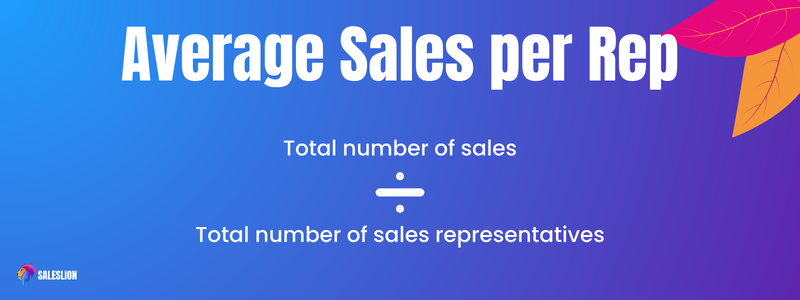
While this could also be classified as a KPI for sales representatives, this KPI measures the average amount of sales generated by each sales representative over a specific period. A digital sales room can help track this KPI by providing real-time insights into sales activities and data, allowing sales managers to monitor and improve the performance of each sales rep.
It is important for sales managers to track this KPI because it provides a measure of the effectiveness of the sales team and helps identify room for improvement throughout the team.
Average Response Time
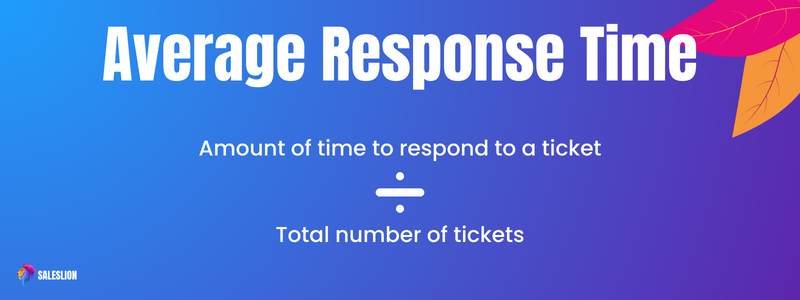
This KPI measures the time it takes for a sales rep to follow up with a new lead. Tracking this metric is crucial because fast and effective customer response is essential for building strong customer relationships and boosting customer satisfaction.
Because digital sales rooms are so effective at helping team members give timely responses and eliminating unnecessary back-and-forth communication, digital sales rooms effectively reduce the time to follow up with leads.
A digital sales room can also help track this KPI by automating lead follow-up processes and providing real-time alerts and reminders.
Upsell/Cross-Sell Rate
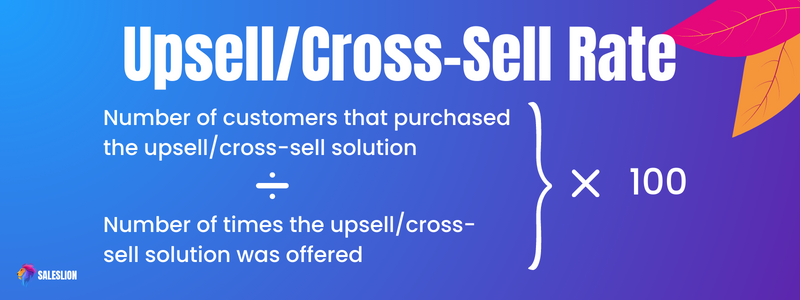
This KPI measures the percentage of existing customers who purchase additional products or services from the sales team.
It is another important metric to track as it provides a measure of the effectiveness of the sales team’s efforts to increase revenue from existing customers.
A digital sales room can help improve this metric by helping foster quality customer relationships, loyalty, and trust. These sales tools can also provide real-time insights into customer behavior and preferences, allowing sales reps to identify upsell and cross-sell opportunities and track the success of their efforts.
Average Deal Size
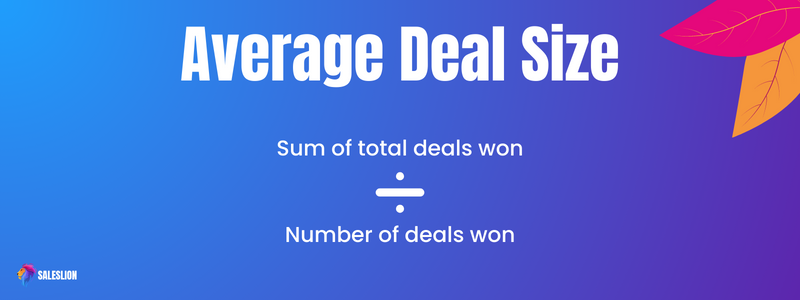
Average deal size is a KPI that measures the average value of each sales deal closed by a sales team. It is important to track this KPI because it helps sales managers understand the profitability of their sales team and identify areas for improvement.
A higher average deal size indicates that the sales team is successful in closing larger deals, which can lead to increased revenue and profitability. Digital sales rooms can help track this KPI by providing insights into the value of closed deals and the factors that contribute to successful sales outcomes.
Sales managers can use this information to identify trends and patterns in deal size and adjust their sales strategies and tactics accordingly.
Sales Team Productivity
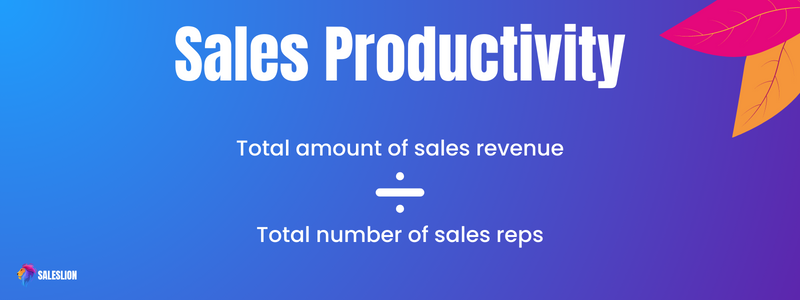
Sales team productivity is another important KPI that measures the efficiency of a sales team in generating revenue. It is calculated by dividing the total revenue generated by the sales team by the number of sales reps.
A high level of sales team productivity indicates that the sales team is efficient and effective in generating revenue, while a low level of productivity can indicate issues with sales processes, training, or resource allocation.
A digital sales room can help track this KPI by providing real-time data on sales activity and performance, including the number of sales calls, emails, and meetings, as well as the number of leads and deals closed.
5 Digital Sales Room KPIs for Sales Reps
For sales reps, digital sales rooms can help track average deal size and sales team productivity.
Digital sales rooms provide a centralized platform for sales activities and data, allowing reps to easily track their progress toward individual and team goals, monitor their performance, and identify areas for improvement.
They can also provide real-time feedback and coaching, allowing reps to adjust their sales strategies and improve their performance.
Overall, digital sales rooms can help sales teams at all levels track their KPIs more effectively and make data-driven decisions to improve their performance and achieve their sales goals.
Below are the KPIs that are important for sales reps to track.
Lead Generation Rate
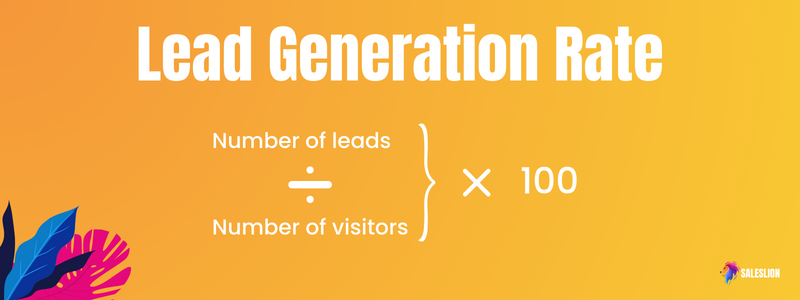
This KPI measures the rate at which new leads are generated by the sales team. While this can be more of a marketing team effort, it directly feeds into the success of sales teams as well.
It is an especially important sales metric for sales reps to track because lead generation is essential for maintaining a healthy sales pipeline and driving revenue growth.
Digital sales rooms can also assist sales reps by using real-time data to monitor lead behavior and identify leads that can be qualified and eventually converted into a customer.
Lead-to-Opportunity Conversion Rate
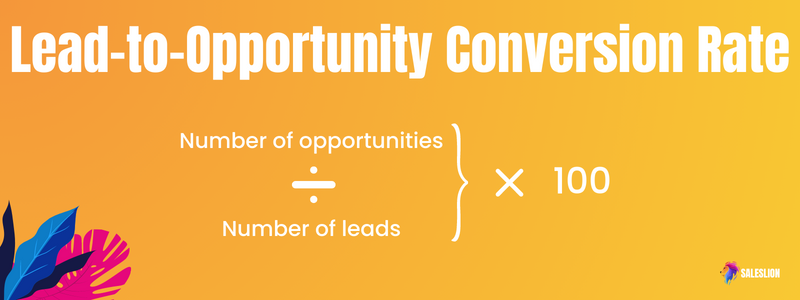
This measures the percentage of leads that are converted into qualified opportunities. It is important to track this KPI because it provides insights into the effectiveness of lead generation and lead qualification processes.
A high lead-to-opportunity conversion rate indicates that the sales team is successful in identifying and nurturing high-quality leads, which can lead to increased revenue and profitability.
As stated before a digital sales room can help track this KPI by providing real-time data on lead generation and qualification activities, as well as insights into the factors that contribute to successful lead conversion.
Opportunity-to-Win Conversion Rate
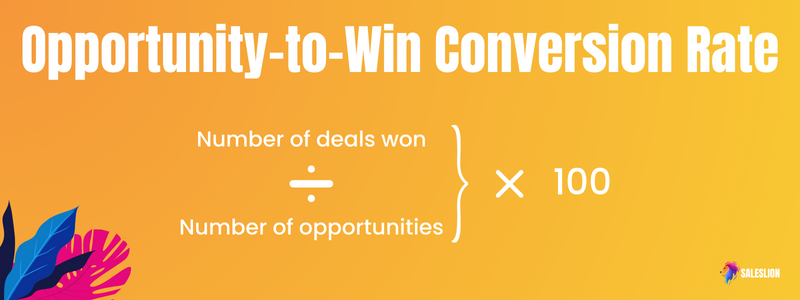
This measures the percentage of sales opportunities that are won by the sales team. It is important to track this KPI because it provides a measure of the effectiveness of the sales team’s sales process and helps identify areas for improvement.
Digital sales rooms can both help improve these conversion rates and track this KPI by providing real-time insights into sales activities and data, allowing sales managers to identify areas for improvement and adjust sales strategies accordingly.
Sales Quota Attainment
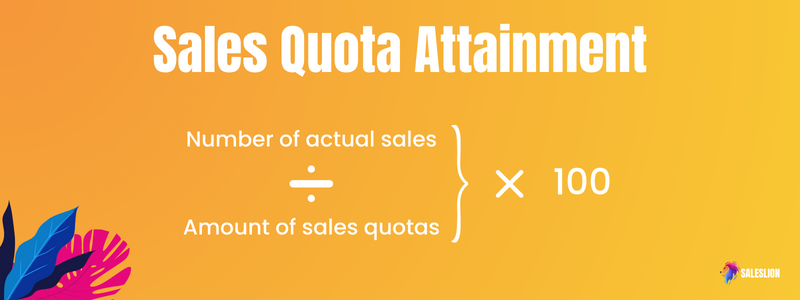
This KPI measures the percentage of sales reps who achieve their sales quotas within a specific period of time.
While different for B2B companies, it is still important to track this KPI because it provides insights into the effectiveness of sales strategies, processes, and training programs.
A digital sales room can help track this KPI by providing real-time data on sales performance and progress toward sales quotas.
Sales-to-Target Ratio
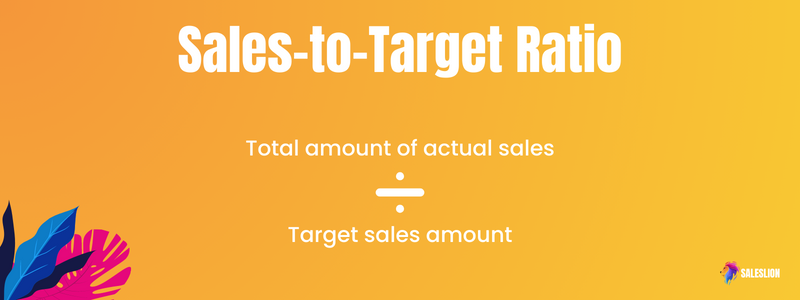
The sales-to-target ratio is a KPI that measures the ratio of actual sales revenue to the target sales revenue within a specific period of time. It is important to track this KPI because it provides insights into the overall performance of the sales team and their ability to meet revenue targets. And while this might be a more sales manager-focused KPI, it is directly impacted by the sales reps.
A high sales-to-target ratio indicates that the sales team is successful in generating revenue and meeting its targets, which can lead to increased profitability and growth.
Digital sales rooms can help improve this by giving sales reps the tools, resources, and technologies that they need to close more deals, faster.
How Digital Sales Rooms Can Impact These KPIs
If you are a B2B company and you are lacking or struggling in one of the KPIs listed above, then you probably need a digital sales room.
Some ways that digital sales rooms can be incredibly beneficial for your company include real-time visibility into sales activity and processes in order to improve sales strategies, improving collaboration within teams and thus shortening the sales cycle, and using personalization to increase sales.
To improve your company’s KPIs, reach out to us today about how our digital sales room can help your sales team.